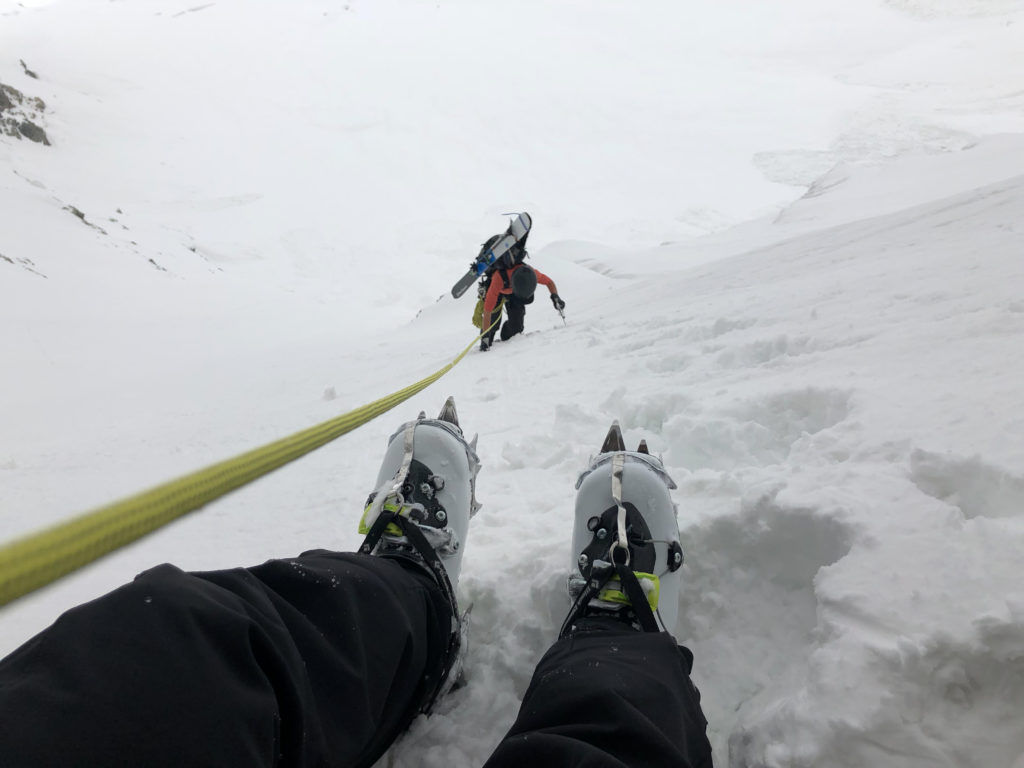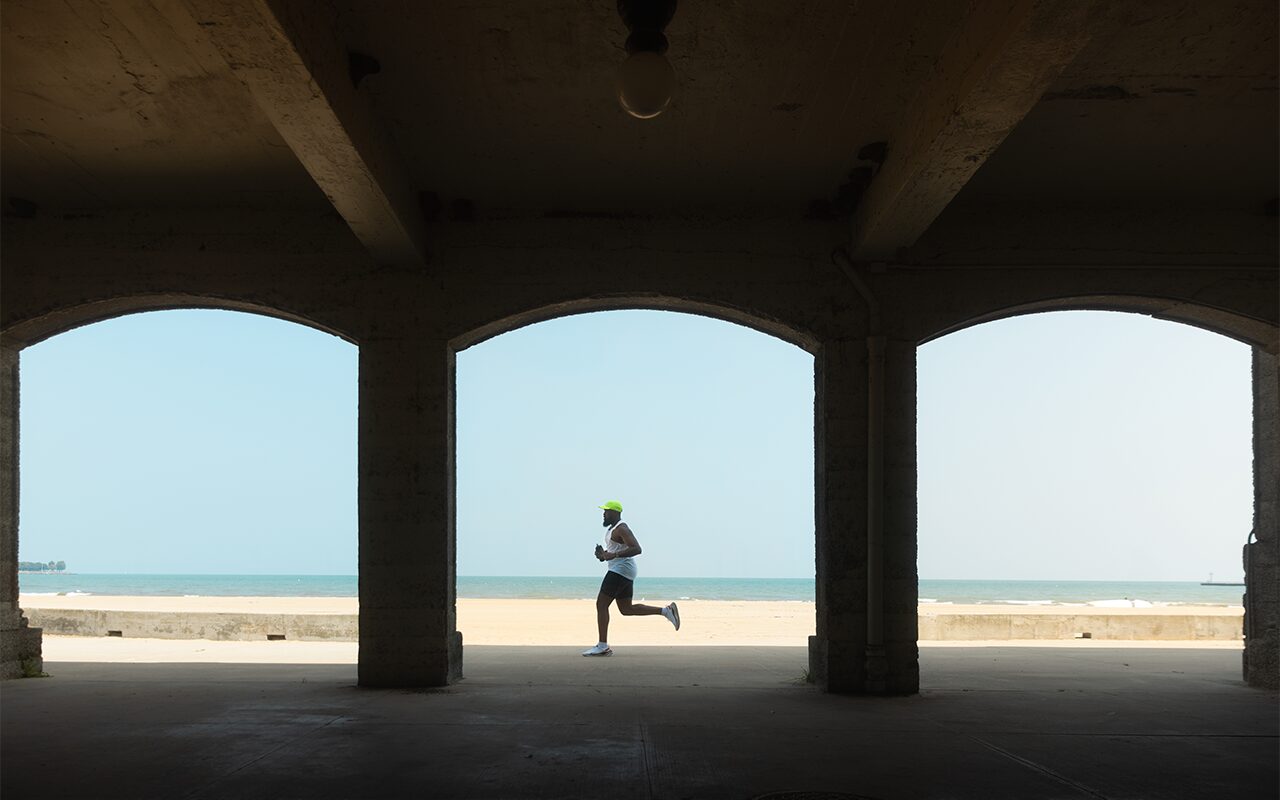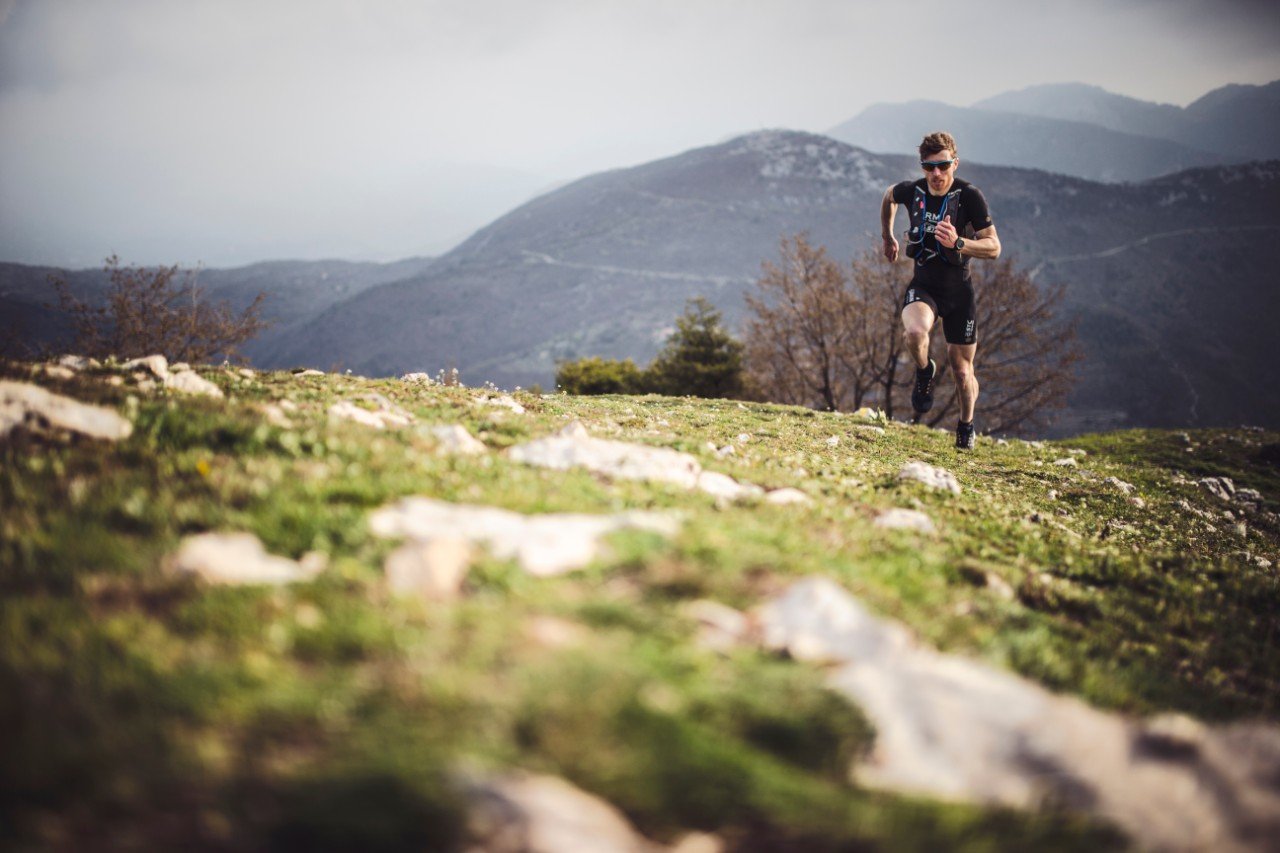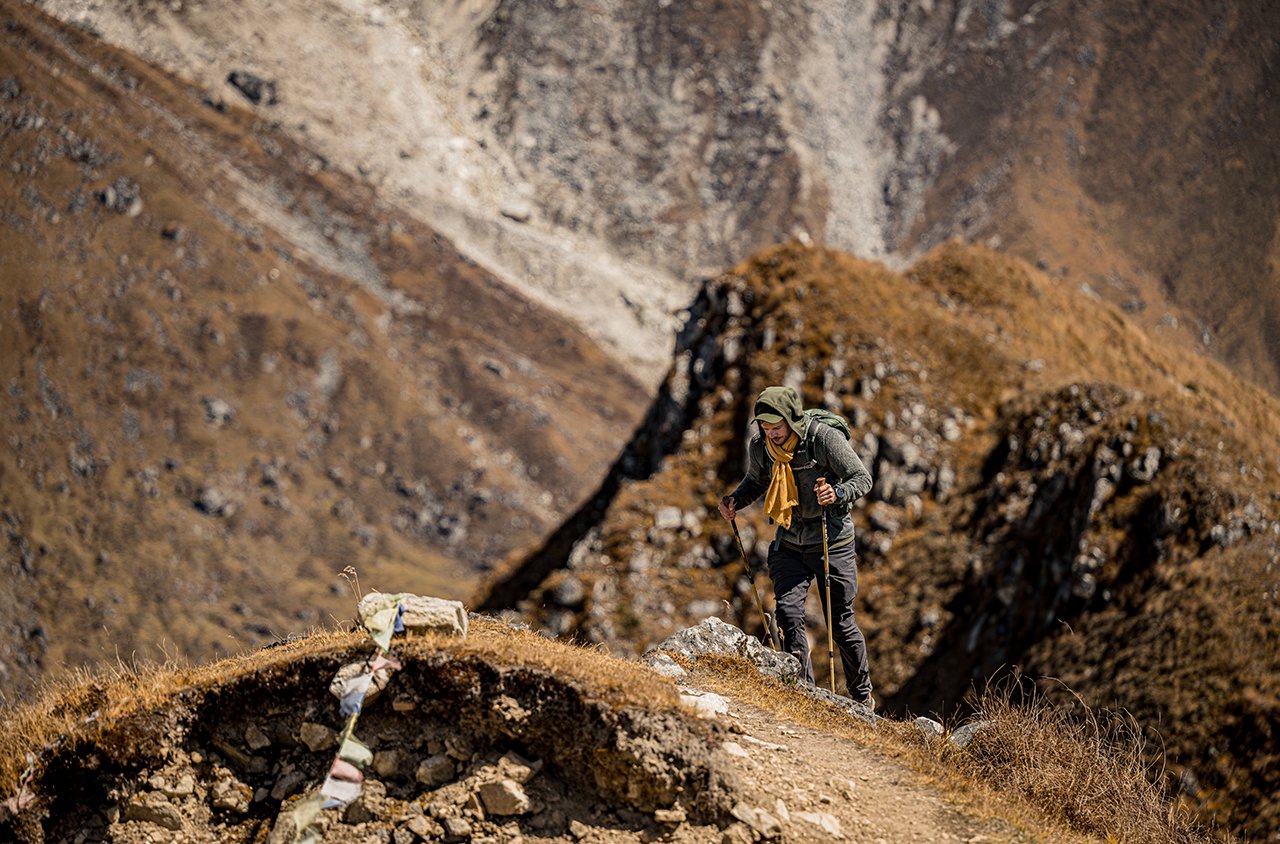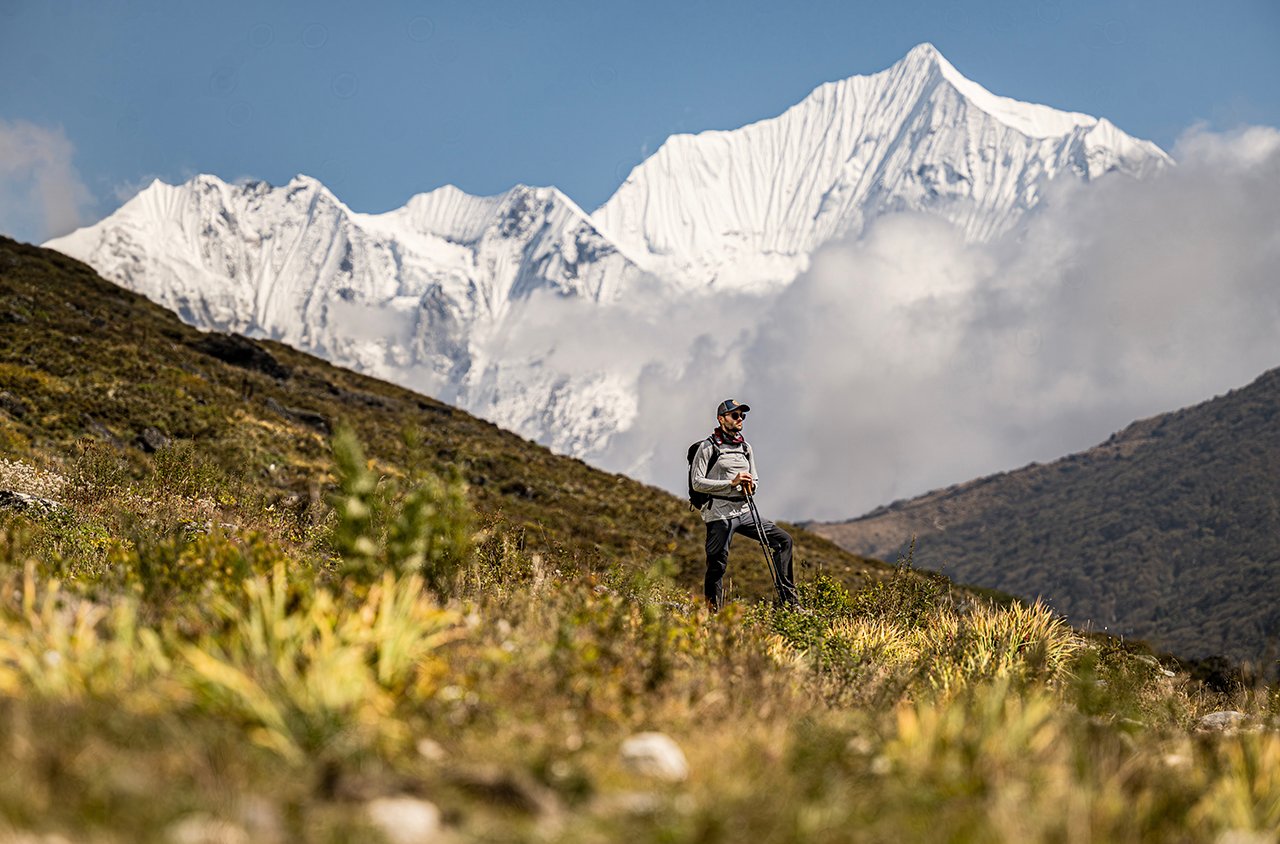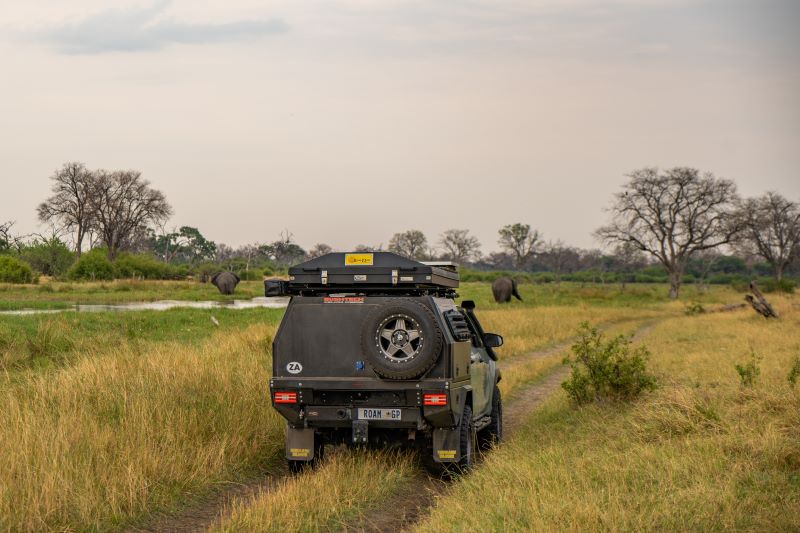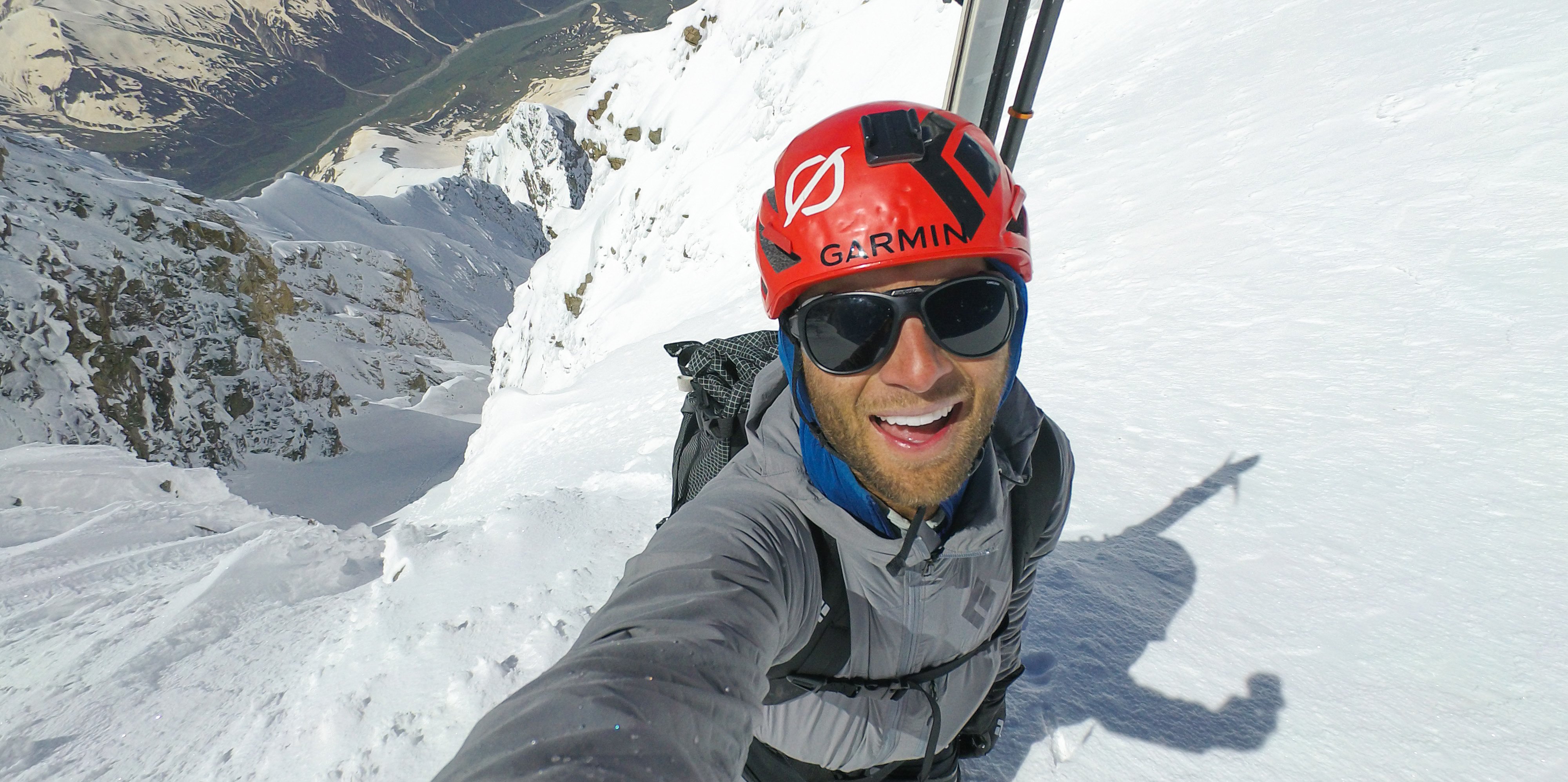
Q&A With Sponsored Athlete Brody Leven
Brody Leven is a professional adventure skier, storyteller and Garmin Sponsored Athlete. He’s from North East Ohio, currently lives in Salt Lake City, Utah, but travels all around the world. He recently completed an expedition to Shkhara, Georgia and successfully skied a line that no one has ever completed. We wanted to learn more about this incredible feat — how it came about, tools that were used, and what’s next.
Q: What was your driving force in pursuing this project? Walk us through the history of the route.
BL: We all have it. That motivation from within. Whether it’s to get the promotion at work, even though you don’t really need it. To build your car a faster engine. To learn a kickflip. To jump off the high dive. To set your personal record on the track. To beat your buddy at pingpong. That intrinsic motivation is something that makes us human. And the failure, defeat, and willingness to go to the very edge to succeed…maybe that’s what makes us most human of all. When I found this couloir on Google Earth, I wanted to ski it. When I found out it had been attempted twice—by someone I know—I asked for his permission. I wanted his blessing to attempt to finish the project that he started. And without his help, I don’t know if it ever would have happened. Without his blessing, I wouldn’t have even tried.
Q: How physically demanding was this project, and how did you train for it?
BL: By virtue of my job and my loves, I’m constantly training. I climb, run, and ski mountains with regularity. When I go on expedition, the physical requirements aren’t really different. My one goal going into big objectives is to be fit enough to always have more fuel in the tank. I never want to be redlining—trying as hard as absolutely possible—in a remote, difficult to access place. This part of Georgia has no option for helicopter rescue. The nearest search and rescue team is half a day’s drive and two day’s walk away. We had to be totally self sufficient. My friend Graham Zimmerman explained the concept of relative exposure to me, and the way it can increase the severity of an objective. Exposure (to danger) on a route like this was siginificant, but not the highest I’ve ever experienced. But when you add relative exposure—the impossibility of rescue, the remoteness, the limited medical supplies on hand, the fact that there are only two people, the language barriers, the country’s infrastructure—suddenly the danger increases. In this regard, I never want my exposure—relative or otherwise—to be higher on these expeditions than it would be when I’m really testing myself at home. The same goes for my physical fitness. At home, I’m able to push myself to the absolute max, knowing I can go straight to my house with ice water and a couch and the creature comforts that allow me to recover. On expeditions, I often come out of the mountains to a hostel with bed bugs and food that I can’t stomach very easily, and it may be a long time before I’m actually able to recover. For this reason, I refuse to push myself too hard. That line is subjective, and I think only I know it.
Q: Talk us through what your supplies were. How did you make the decisions on what went with you and what stayed? And how was that gear transported up the mountain?
BL: Gear isn’t my favorite part of these trips, but it’s so essential. I’m very (some may say overly?) meticulous with most aspects of my life, and gear on expeditions may epitomize this. One thing that was an absolutely necessity, regardless of how “light and fast” we were going with gear, was satellite communication. Mary and I each had an inReach device on us at all times. Because if something happens to one person—they fall into a crevasse, off a mountain, or lose their backpack—and they have the only satellite communicator that would have put us in a very bad position. Instead, we each had one, turned on and tracking, at all times. No compromises, no excuses, no discussion.

Q: Let’s talk about elements. Was weather a factor? How did you overcome.
BL: Oh gosh, weather…always such a factor. It’s honestly the biggest factor in all of these pursuits. It plays a role in everything from the obvious—like visibility—to the less obvious—like avalanche conditions and motivation. Our first week on the glacier had pretty consistent weather: bad visibility but not horrible precipitation or wind during the day, followed by a beautiful sunset, followed by 10 to 20 minutes of clarity in the final moments of daylight. These minutes were sometimes the only things keeping us motivated, as we were able to look at the mountain and remember exactly how sick this potential ski line is, and how badly we wanted it. We probably spent 11 of our 12 daily waking hours just staring at the mountain, waiting for the clouds on it to clear. They didn’t. Not until day eight, at least.
Q: What did you do to pass the time while waiting to ski the line?
BL: My ski partner Mary and I could only afford the weight of two books, both of which were about climbing, and both of which were quick reads. So I rationed my book-reading to try to last the entire duration of our stay on the glacier, expecting the worst: bad weather the whole time. In addition to reading, we would listen to podcasts together and occasionally listen to music. All of our electronics were powered by Goal Zero solar panels and battery packs, which performed surprisingly well, particularly in the consistent cloud cover. But my main pastime—and I’m not ashamed to say it—was texting my girlfriend and my parents on my inReach Mini. The device honestly is so essential on expeditions not only for safety communication and coordinating rescues, but for mental health. They are so efficient on battery life and the texting is so close to real-time that it’s possible to have full-blown text conversations from across the planet. We were chatting while I laid in the sun, while I sat out prolonged storms, and while we dug new tent anchors and re-built snow walls around camp (which is just about the only thing to do around camp). We also spent about 12 hours a day talking about weather (the other 12 were spent sleeping), requesting weather forecasts from my girlfriend at home on the inReach Mini and from Mary’s boyfriend on the inReach Explorer+, and comparing them to the weather forecasts provided by the devices. Being in such a remote area meant that no single forecast was 100% accurate (well, let’s be honest, are they even 100% accurate in the middle of a giant city?), and we would find the common ground between all of them and root our plans in that commonality.

Q: Was there a point when you didn’t think you would succeed? How did you overcome this?
BL: The thing with this style of skiing is that you really, really can’t consider yourself successful until you’re back home safely. There are just so many elements that can go wrong. I purposely gave myself what I thought was more than enough time to climb and ski this route—over three weeks, home-to-home, with nearly two weeks at base camp—because I wanted to increase my chances for success. I wanted to weather inevitable storms, and not let time be my limiting factor. But when day three, then day five, then day seven rolled around and I still hadn’t been given a suitable day of weather, I was really down. It’s inevitable. When you don’t move more than 20 feet for a week and are in the middle of a glacier on the Russia/Georgia border and have read the two books you brought and don’t have enough food to snack all day and are running out of pages in your journal, you find yourself in a slump. At least I did. There were these very low lows, punctuated with brief moments of levity when you realize the ridiculousness of your situation, or moments of inspiration when the mountain peeks out of the clouds. When the days were really disappearing (in reality, we had 10 days of food that we could stretch to 12 if necessary), I was getting really down on myself. Why was I even there? What was I doing with my life? Couldn’t I just be hanging out at home, with my girlfriend? Day eight was finally clear, but the avalanche danger was too high, so I sat in base camp and just stewed, staring at the line and itching to get up it. I knew the next day would be my only shot, because we’d already sent an inReach message to our logistics guy, asking him to send horses to snowline the day after. We were going down on day 10, regardless. Day nine would be our only shot. But when the lightening storm came that night and scared me deep into the bottom of my sleeping bag on the evening of day eight, I couldn’t help but once again fall into a deep, deep doubt. That doubt carried through the final steps to the summit on day nine, when I could finally feel relief about climbing the line. I did it. After that, I just had to get down safely.
Q: What was the hardest logistical part of this trip? Travel, getting to the sight, etc.
BL: Nothing was particularly difficult about this trip, but the combination of factors made it a logistical challenge. It certainly wasn’t the hardest trip I’ve been on, but things never go perfectly. Our ski bag was lost for four days—four days that we’d planned to spend on the glacier—and no airline even knew what continent it was on. I had a really hard time finding the best place to establish a base camp, and even the best glacier valley to use to reach it. The Georgian guy we’d hired for help with our logistics suddenly ghosted once we arrived in Georgia, leaving us to fend for ourselves with a huge logistical and mental and physical challenge ahead of us. And then the normal stuff: research the line, trying to figure out if anyone had ever skied it, finding fuel for our stoves in a different part of the world, trying to understand if we were in danger since we were on a disputed part of the Russian border, trying to decide the right equipment to bring, etc. While we wanted to have a comfortable base camp setup with all of the amenities, like we would in Alaska or elsewhere in the world, where equipment is carried by horses, yaks, or airplane, we also knew that we’d be carrying our own gear once the horses reached snowline. This meant that while we were still going to take comforts like two tents (cook tent and sleep tent), two stoves (cook stove and snow melting stove), two books, multiple solar panels, multiple sleeping bags, it also meant that we had to be extremely weight conscious, because we were ultimately going to carry all of that equipment to base camp on our backs. We didn’t know where the snowline was going to be and how far we’d have to carry our gear, so we were conscientious of what we brought. We brought half freeze-dried meals and half real meals, but even the real meals weren’t gourmet with lots of fresh veggies. We brought a giant cheese wheel, but only two packs of crackers. See the pattern here? Ya give some, ya take some.
Q: What role did inReach play in this project? Were there any key features that made a difference?
BL: The inReach not only kept me sane at base camp, but it helped fix logistics nightmares when I arrived in Georgia and didn’t have a working cell phone and our ski bag was missing. Mary and I each carried one at all times on the glacier, ready and able to call for rescue in case of the other’s disappearance. But just because we (thankfully) didn’t need a rescue doesn’t mean we didn’t need the inReach devices. I’ve been using an inReach for communication to my loved ones at home for years. But with the inReach Mini, since it’s connected to my phone with Bluetooth, I’d leave it in base camp, and just walk between tents with my iPhone in my pocket, texting people at home the same way I would normally. It’s amazing. We also used the weather forecasting feature (premium is worth it!) about 1000 times a day, and the GPS to waypoint gear caches, determine safe camps (away from avalanche-prone slopes), and determine when the heck the sun was going to rise (actually, that was mainly done on my Fenix 5 watch).
Q: When your skiis stopped, what was your first thought?
BL: My toes have been badly frostbitten over the years. Last year, they became black after I made a first descent in Alaska. A few years prior, they got their first real dose of frostbite during a month-long expedition to Svalbard, the northernmost inhabited land on Earth. It was pretty warm when I finished skiing, and pushing myself across the flat glacier warmed me up to the point of sweating, but my feet were still super cold. I skied directly back to the tents and ripped all of my clothes off, because the waterproof stuff I was wearing feels like a plastic bag once you start sweating. But when I went to walk into my tent, I realized I was barefoot on the glacial ice and that my feet were freezing, I turned around and ran—feet high in the air with each step—back to my boots.
Q: What did this mountain teach you about your sport and yourself?
BL: I skied back into camp and ripped my ski boots off as fast as I could. I drank water for the first time, ate some vegetarian jerky my girlfriend sent with me, and then…just sat down. There was nothing else to do. That’s the weird thing about these pursuits in the mountains: planned for a year, three weeks of stress and logistics and waiting, 7 hours of climbing, 1 hour of skiing, and then…sitting. There I am, in the middle of a Georgian glacier, a half-mile from the Russian border, eating a few bites of veggie jerky, still halfway across the world from home, but having just completed what I’ve wanted so badly for so long.
I think a huge part of it is an ego thing—I wanted to be the first to climb and ski this couloir. I wanted people to know it. I wanted to do it in good style. But deeper than the ego is that intrinsic motivation that makes us human. I want to challenge myself, and I’ve found—through lots of trial and error—that I can do that most efficiently and effectively in the mountains. What I’m doing isn’t objectively hard, but it’s hard for me. And like my mom has always told me, “All anyone can ask of you is your best effort.” The SW Couloir on Shkhara West definitely got that from me.
Q: Now that you’ve accomplished this, what is your next challenge?
BL: Creating a film about why doing stuff that is hard for us is good for us. In Georgia, I did something that was hard for me, and I came back feeling more fulfilled, even though what I did there had no real meaning. I mean, I went all the way to Eurasia to have an 8-hour ordeal of going up a mountain just to turn around and come back down. But I came back a much more fulfilled and complete person, and that’s why I’ll continue challenging myself in the mountains.
